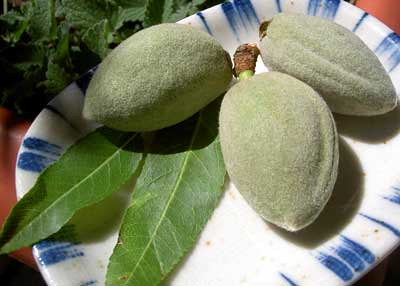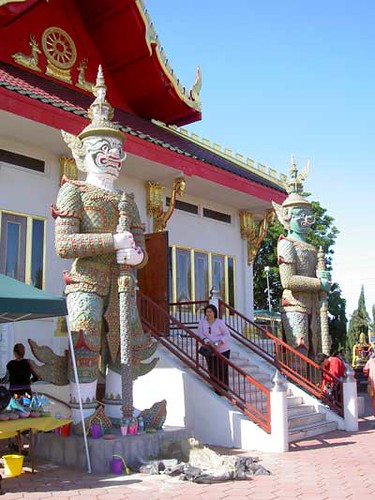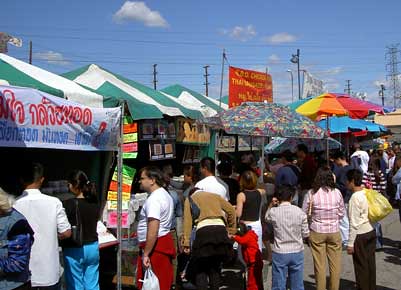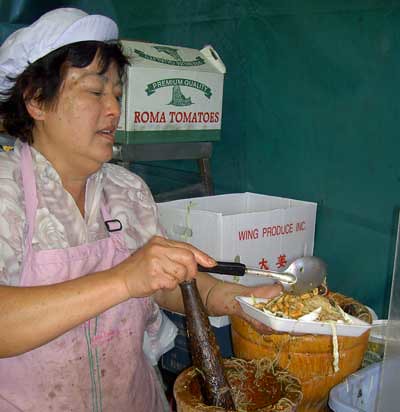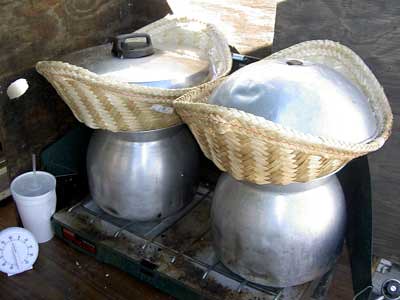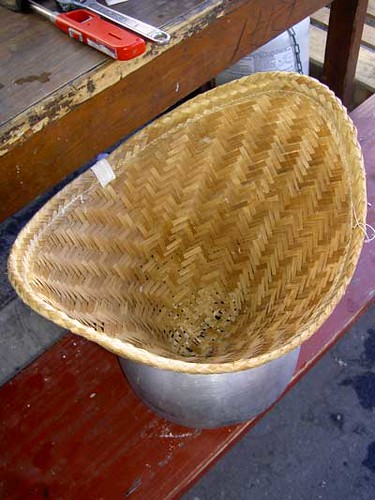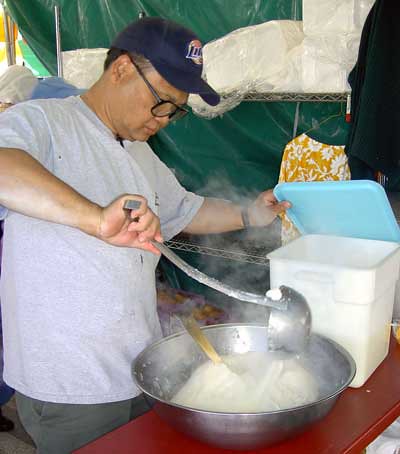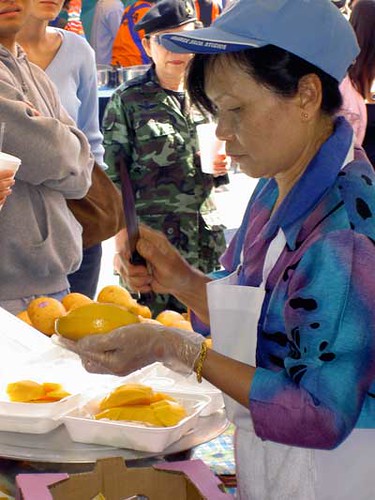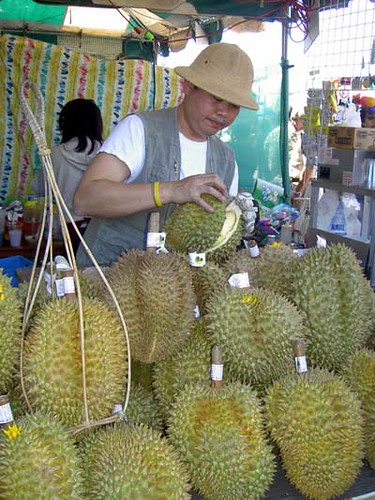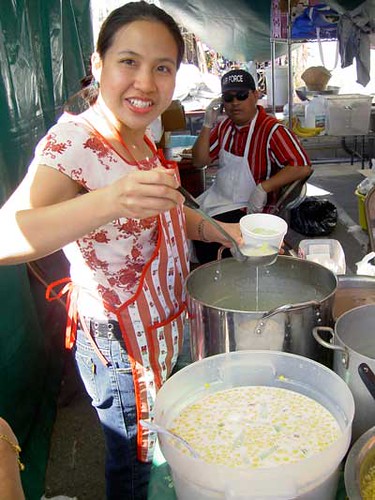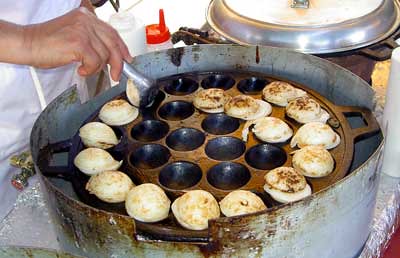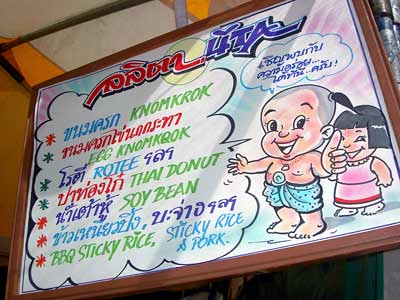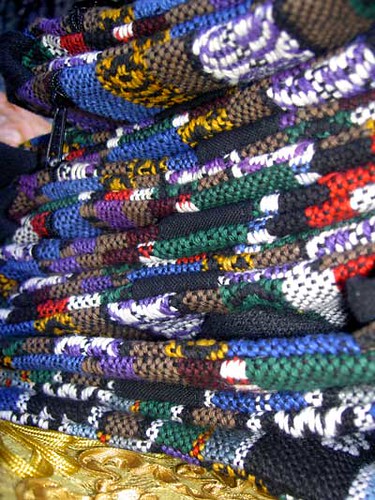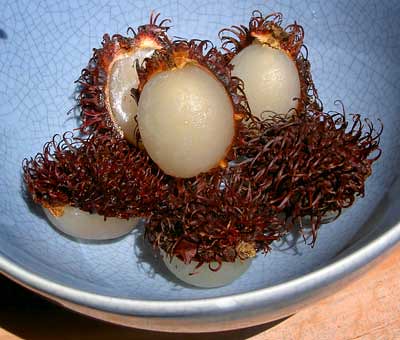Honda Ya - Tustin
Taking a different tack to keep men in the joint is Hooters, which tarts up their underpaid, leered-at waitresses in silly orange ass shorts dating back to the 1970's roller disco craze. They draw pisswater American lagers from a trough and sling the worst chicken wings to foul the face of the earth, and thrive nationwide with this satin-clad-ass formula.
In other countries, the only enticement to stay at a bar is the company you bring, the anticipation of the next round of inevitably delicious food, and the intangible feeling that you belong there. Spain has tapas bars. Mexican cantinas comp delicious botaňas as you order more cerveza. Japan has izakaya.
Sake: my namesake, the aqua vitae of my family across countless generations. It is the first character of my Japanese last name. It's the middle character in the word izakaya, traditional pubs where sake and beer flow freely and small dishes of food are served to share with friends. I finish work around midnight, grab Katy, and sometimes head over to neighboring Tustin, where Honda Ya stays open until 1am. Since most Irvine "bars" close up around 11, Honda Ya is our default neighborhood bar. Perhaps we should move...
Izakaya offer a large menu of small dishes categorized by the method of cooking: raw, grilled, fried, steamed, and stewed, each with different textures, temperatures and flavors in the mouth. Variety is the watchword at an izakaya. We start off with squid sashimi and natto, which arrives in a small bowl. Thin juliennes of squid resting on a few tablespoons of fermented soybeans, with a sprinkle of nori and green onion. It's your job to squirt some soy sauce and wasabi and stir the contents until the natto takes on a slimy, snot looking consitency. If you think only a Japanese could love this, you're almost right. This is one of Katy's favorite dishes here.
Grilled skewers of beef tongue, bacon wrapped asparagus, bacon wrapped okra, chicken cartilage and chicken breast arrive next. Prepared simply over a hot flame, the flavors of the food itself shine aided with a sprinkle of Japanese sea salt. Simple, and delicious.
We order a tall bottle of Sapporo and a cold Hakkaisan sake. We share the beer by keeping the small glasses topped off. As she's younger than me (and female), this is Katy's "job," and she 's learning to do it well. The Hakkaisan is a chukuchi sake, starting off with a round richness and finishing with a mild alcoholic off dryness. Neither too sweet, nor too dry. Other sake are sweet, described as amakuchi. You might enjoy the extemely sweet, unfiltered sake clouded with rice dregs called nigori sake. Others with a taste for the dry, clean finishing sake should ask the waiters to guide you toward a karakuchi sake.
"Buta no kakuni" is a chunk of pork shoulder slowly simmered in a master sauce of soy, mirin, dashi and a touch of dark sugar that's replenished and reused for the next day's batch. The fatty parts of the pork melt down into an unctious jelly, and contrasts with tender meat with every bite. It's served with a small bit of simmered spinach drizzled with spicy Japanese mustard. If you've ever had the massive "pork pump" [sic] in San Gabriel restaurants like Lake Spring or Mei Long Village, think a small, single serving version of that, minus the Chinese five spice seasoning, and less sweet.
Takoyaki are octopus fritters, small bits of meat encased in dashi seasoned batter and pan fried into a golf ball size. It's served with mayo and tonkatsu sauce, and a few strands of red pickled ginger. They're popular street food and served at festivals, but occassionally found in izakaya, too.
My favorite here is the special handmade steamed crab shumai. Three square raviolis filled with crab meat and minced fish are steamed, and taste cleanly of crab. Unlike most shumai, it contains no pork. The texture is delicate, the flavor decidedly marine. Smear some hot Japanese mustard in the shoyu, and I'm a happy guy.
Despite our trips thus far, we've barely scratched the surface of the more than 100 items on the menu. Weekly specials add even more selection, so it'll take a lot more visits to say we've really tried everything. Certainly, we'll have to try more of their modest but sophisticated sake selection.
Izakaya aren't bars where lonely saps walk in and everyone knows his name, like some fictional bar on a TV show. You bring your own damn friends and they'll welcome you with a century old tradition, well prepared foods, and a place that feels immediately comfortable and familiar, even if you're not Japanese. I can go on ad nauseum and describe every dish we've ever tried at Honda Ya, but anyone who's been to an izakaya will already know what I'm talking about. If you haven't I hope I've tempted you into visiting one near you.
Honda Ya
556 El Camino Real
Tustin, CA
714-832-0081
Open 7 days, dinner only
5:30pm - 1am, last order at 12:30am
[ed - this writeup inspired by Sarah at The Delicious Life, who invited other food bloggers to her virtual event called Bar Fly: Dine at the Bar! I'm looking forward to reading the other submissions.]


